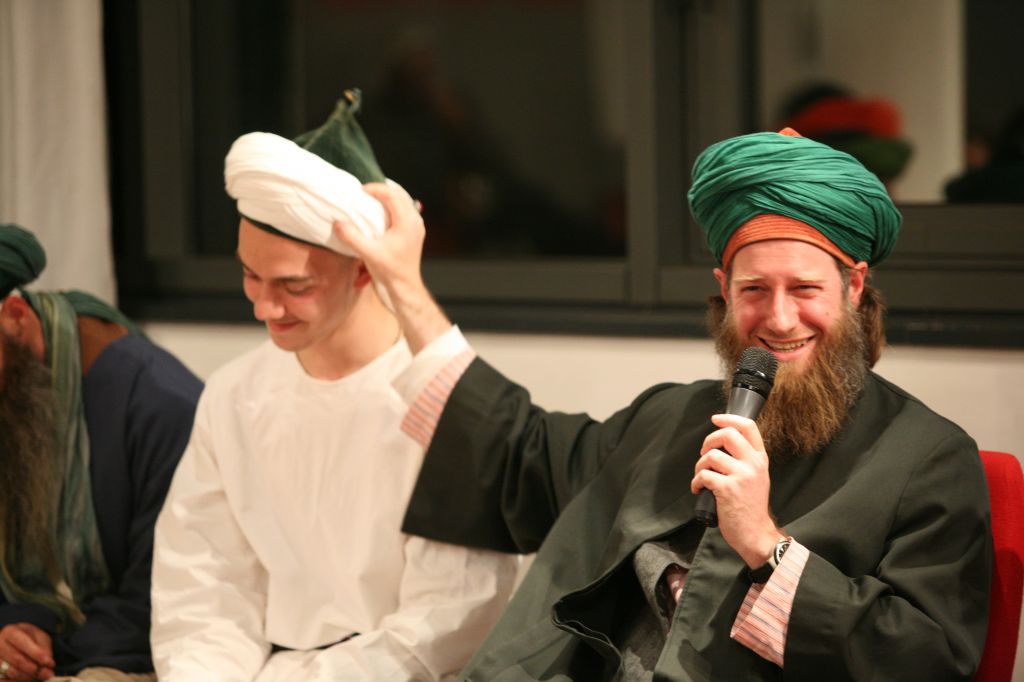What Is Turban?
What is Turban?
Turban Definition

Photo by Thirdman on Pexels
As per Merriam-webster
The turban is a type of headwear with a long, rich history dating back thousands of years. It is worn by many different cultures and religions, including Sikhism, Hinduism, and Islam. In this blog post, we will delve into the history of the turban, its cultural significance, and how it is worn today.
The origins of the turban can be traced back to ancient civilizations such as Mesopotamia, where it was worn as a symbol of status and power. In Hindu culture, the turban is seen as a sacred garment and is often worn during religious ceremonies and rituals. In Sikhism, the turban is a requirement for all initiated Sikh men and women, as it represents their commitment to their faith and serves as a symbol of their spiritual authority.
In Islam, the turban is often worn by men as a symbol of modesty and piety. It is also believed to protect the head from the sun and keep the scalp cool. In some countries, the turban is worn by scholars and religious leaders as a mark of respect and honor.

Why does the dervish wear a turban?
The darśi or turban, also known as kalwar (Sanskrit for crown) was first designed to protect the wearer’s head from the rain. As time passed, it became fashionable to wear turbans in place of hats. Since then, they have become an integral part of South Asian fashion.
Turbans come in many shapes and sizes and can be made out of almost anything. They are typically wrapped around the forehead, tied under the chin, and sometimes hang down the back or are held up by pins or clasps.
Some people choose to add personal touches such as jewelry or quotes that relate to their religious faith. Many use them as decorations or symbolism for certain things like seasons or life events.
A turban is a circle piece of cloth worn over your hair. It usually has a knot at the top and hangs slightly below your earlobes. Some people refer to it as a “dunni-head dress” because of its similar shape to what some Hindus consider to be authentic Indian clothing.
The word comes from Turkish türnök which means “helmeted warrior”. In fact, Mughal Emperor Akbar once said his favorite color was blue so he had lots of opportunities to see how popular this style becomes.
Traditional Men's Wedding Pagri & Turban
A wedding pagri or turban is a classic way to dress up your hair for an event. They are both very elegant and distinctive hairstyles that many people have done before.
Traditionally, men would wear their pagris (wedding head coverings) made of silk or other fine cloth as a symbol of spirituality. This is not the case anymore, however!
More commonly now you will see grooms with pajama-style turbans or ones that are made out of material such as leather or plastic.
Either way, they are typically tied in front and put together with some jewelry.
A wedding pagri or turban is a hairstyle that was popularized in Spain, where it is known as marra Roja (red scarf). It has become very fashionable to create your own version of this look.
Many people add flamboyant jewelry such as earrings and necklaces to make their pagria more interesting. Some even have fake mustaches!
The word "pagrio" comes from the Latin para (meaning towards) and gregariousness, which makes sense since this style is meant to be seen and admired by all.
It is typically done for Hispanic weddings because they are associated with marriage and family. Many white couples choose this hairstyle as an alternative to a tuxedo dress shirt and crew-neck sweater.
Forms and Styles
Over the centuries, the turban has taken on various forms and styles, reflecting the cultural and regional differences of the people who wear it. In the Middle East, for example, turbans are often large and wrapped in elaborate patterns, while in India, turbans tend to be smaller and more streamlined.
In modern times, the turban has gained a renewed sense of importance as a symbol of cultural pride and identity. Many people choose to wear turban as a way to honor their heritage and connect with their cultural roots. In recent years, the turban has also become a fashion statement, with designers incorporating it into their collections and celebrities wearing it on the red carpet.

Why do Muslims wear turbans?
Many Muslim men wear a head covering, or turban. The most common reason for this is that Islam requires it. Another less important reason is that some feel it helps with their self-image.
Some people may perceive turbans as being more authentic Islamic clothing than other styles of hair cover. This can make them seem more devout!
There are many different types of turbans in the world’s major religions. Some are only worn at certain times, while others can be used during both religious and nonreligious settings. But all of these require careful preparation and styling to look good.
Controversy and Discrimination

Photo by Ketut Subiyanto on Pexels
The turban has seen many forms throughout history, but one thing remains constant: it’s been used for symbolic purposes. For example, some cultures use turbans to symbolize leadership, religion, or both. In fact, there are even rumors that Alexander the Great wore a turban before he took his throne!
In America, however, the turban has become synonymous with discrimination. Certain people have adopted the habit of calling Muslims “turban-wearing Arabs” or “Arabs in disguise” because of their headwear. This kind of stereotyping goes beyond just clothing; it also includes beliefs, culture, and language.
Such comments may seem funny at first, but they can be hurtful later on. According to an article from About.com, 72% of Americans believe that most Muslim men don’t allow women to take part in social activities without being accompanied by a male relative.
This opinion was formed mostly due to reports like those about the California firefighter who refused to assist a female fire victim because she wasn’t wearing a veil. It seems that when society views something as strange or unusual, then it becomes easy to assume bad things about its members.
Despite its cultural and spiritual significance, the turban has also faced its fair share of controversy and discrimination. In some countries, the wearing of the turban has been banned in schools and government offices, and Sikh men and women have faced discrimination and hate crimes for wearing the turban in public.
Despite these challenges, the turban remains a powerful and important symbol of cultural pride and identity for many people around the world. It is a reminder of the rich history and traditions of the cultures it represents and a symbol of the strength and resilience of those who choose to wear it.
How is the turban worn today?
So, how is the turban worn today? There are many different ways to wrap a turban, and the style can vary depending on the culture and personal preference of the wearer. Generally, a turban is made by wrapping a long piece of fabric around the head and securing it with a knot or pin.
To wrap a turban, start by selecting a piece of fabric that is long enough to wrap around your head at least twice. Some people prefer to use a single long piece of fabric, while others prefer to use two shorter pieces that are sewn together.
Next, place the fabric on your head with one end hanging down over your shoulder and the other end near the top of your head. Begin wrapping the fabric around your head, tucking in the end as you go. Be sure to cover the fabric evenly and snugly around your head, and adjust the fit as needed.
Once you have wrapped the turban around your head, secure it in place with a knot or pin. Some people prefer to tie the turban in a simple knot at the back of the head, while others prefer to use a decorative pin or brooch.
In conclusion, the turban is a deeply meaningful and significant headwear that is worn by people of many different cultures and religions around the world. It holds cultural and spiritual significance and is a symbol of pride, identity, and spiritual commitment. Whether worn as a religious requirement or a cultural tradition, the turban is an important and meaningful part of the fabric of many societies around the globe.
Comments
Post a Comment